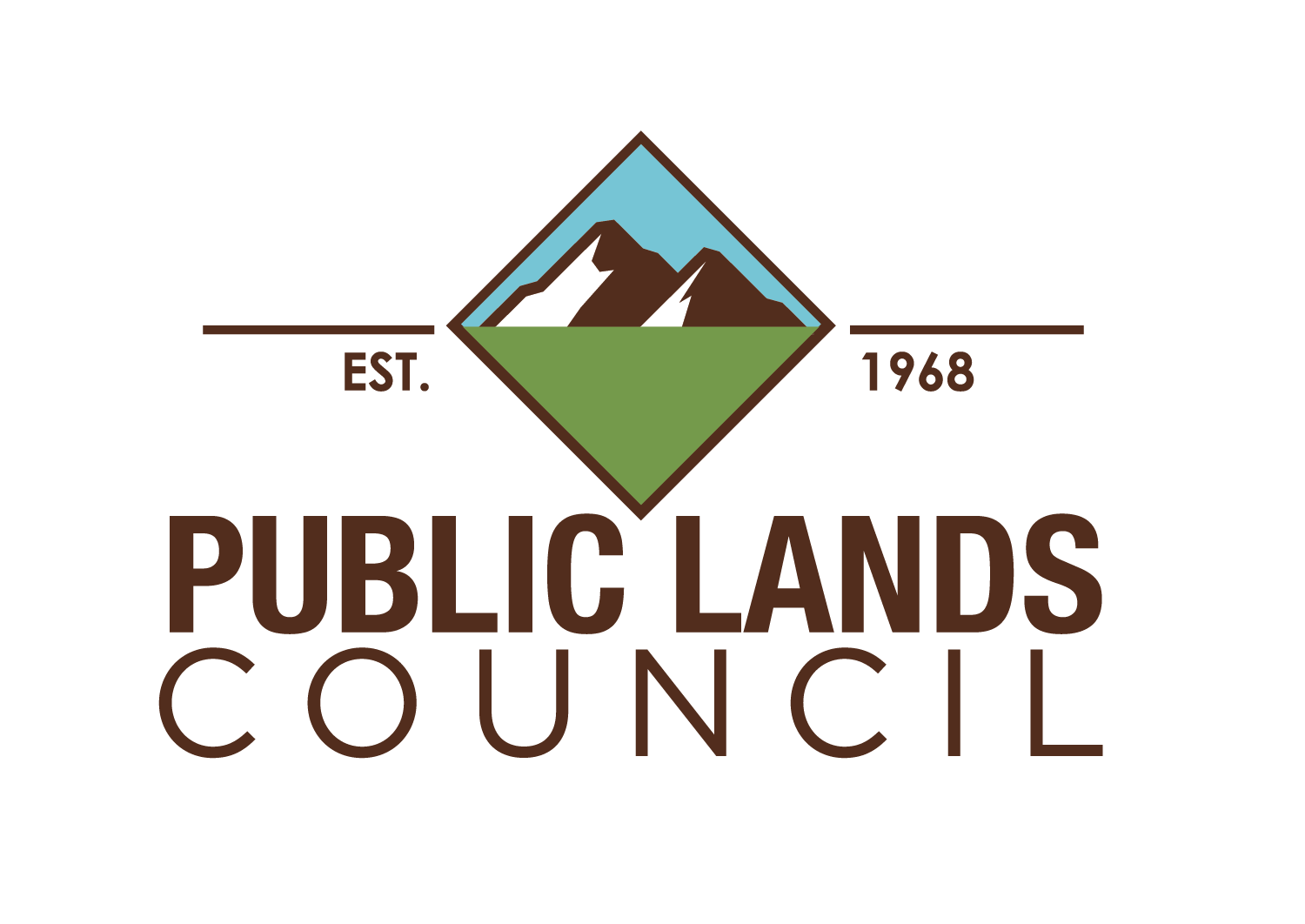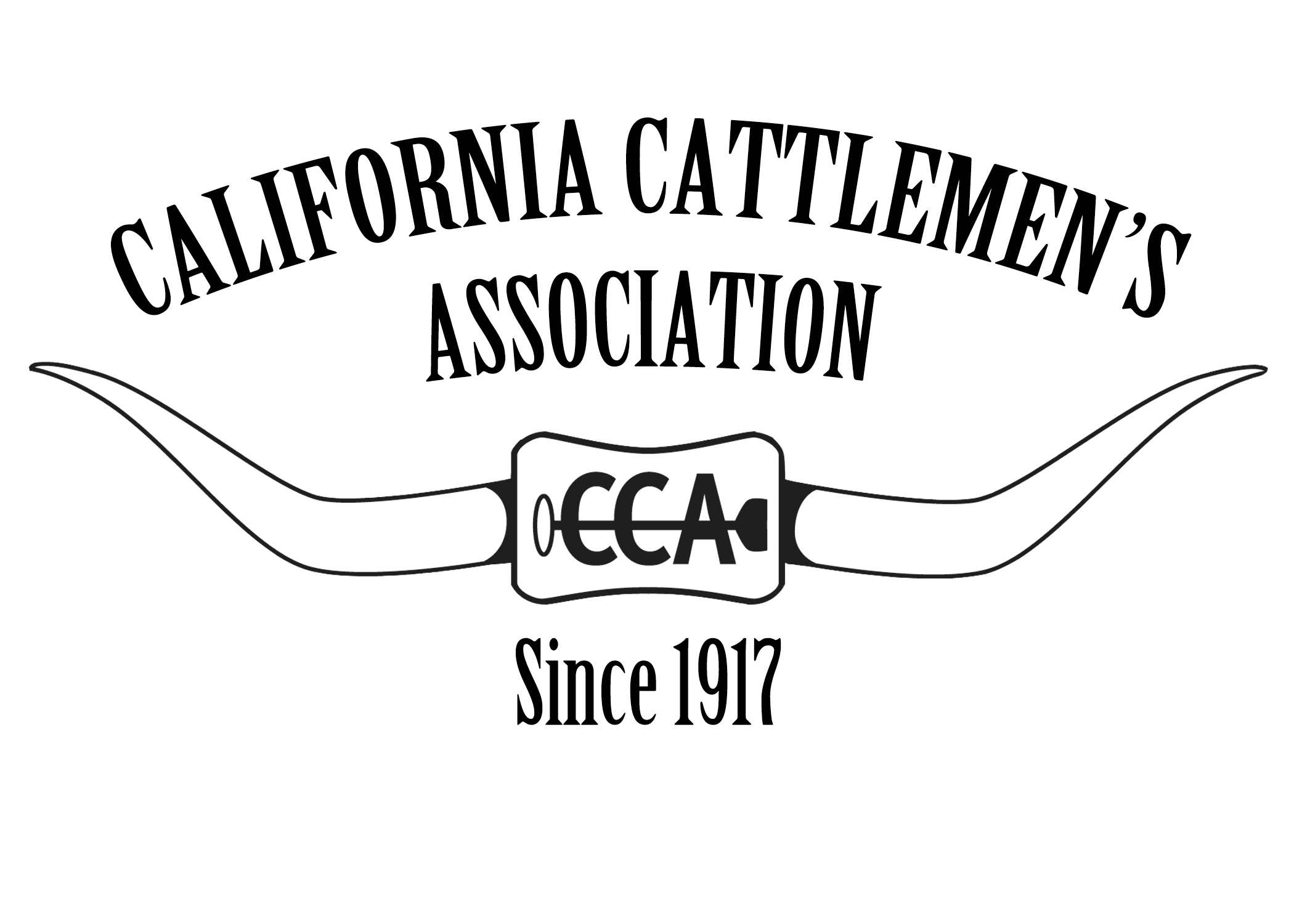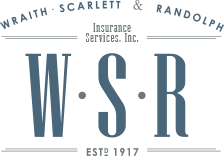Livestock Risk Protection
Protect your livestock from market volatility while preserving your upside potential.
Livestock Risk Protection (LRP) is a single peril policy that helps manage risk associated with market volatility. LRP is available year round and allows you to choose from a variety of coverage levels and insurance periods to match the time you market your livestock.
Key Features Include:
- Coverage for Feeder Cattle, Fed Cattle, Swine, and Lambs
- Coverage recently expanded to cover unborn calves
- Up to 55% subsidized premium
- No up-front cost to apply
- Insure from 1 to 12,000 head
- Cost is fixed when you purchase a contract
- No margin calls, you keep all the upside
- Premium due after coverage ends
LRP Explained:
Protection and Coverage Levels
Livestock Risk Protection is a federally reinsured product that provides protection when the national cash price index falls below the insured’s coverage price. LRPs are cheaper than a put and do not require margin accounts or brokers. To purchase an LRP policy, a one time application must be completed to determine eligibility. Once the RMA accepts the application, you can then purchase a specific coverage endorsement (SCE) with your chosen livestock, coverage percent, and coverage length. A single application can be used to purchase multiple SCEs throughout the insurance year. Premiums are calculated based off of the futures and options prices posted by the Chicago Mercantile Exchange. Our certified agents use those numbers to determine a cash value for your livestock 13 weeks or more out into the future.
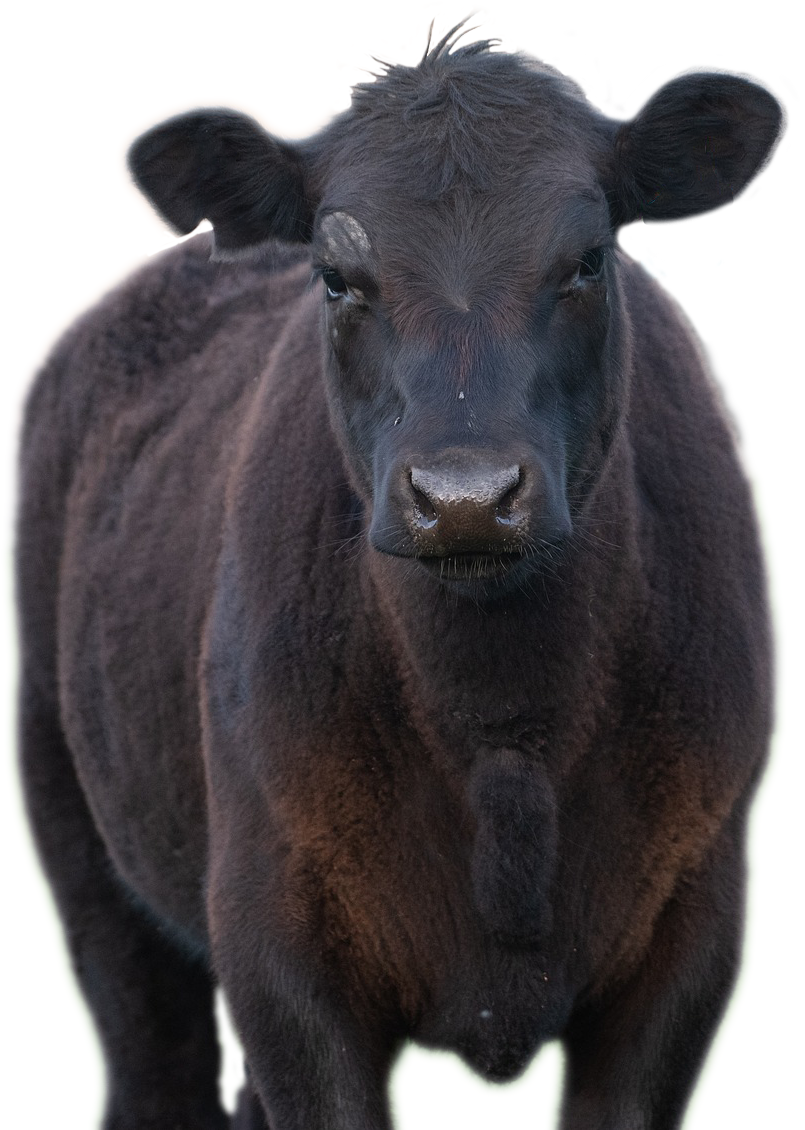
Feeder Cattle
LRPs for feeder cattle provides coverage for unborn calves, calves, steers, heifers, predominantly Brahman or predominantly dairy cattle throughout different classes of their cycle. Class one insures livestock with ending weights under 600 pounds, while class two coverage insures livestock between 600 and 900 pounds. In either class beef producers can select a coverage level between 70% to 100% of the expected value and can insure their cattle in 4 week increments from 13 to 52 weeks. A single SCE can insure up to 6,000 head at a time, with an annual maximum of 12,000 head split between multiple SCEs. Premium rates, coverage prices, and actual ending values are posted daily on the RMA website. LRP-Feeder Cattle is a federally subsidized policy that offers the following subsidy levels based on coverage percent:
Coverage Level Subsidy Percent
70 – 80% 55%
80 – 85% 50%
85 – 90% 45%
90 – 95% 40%
95 – 100% 35%
Fed Cattle
LRPs for fed cattle insures heifers and steers expected to weigh 1,000 to 1,400 pounds by the end of the policy term. Beef producers can select a coverage level between 70% to 100% of the expected value and can insure their cattle in 4 week increments from 13 to 52 weeks. A single SCE can insure up to 6,000 head at a time, with an annual maximum of 12,000 head split between multiple SCEs. Premium rates, coverage prices, and actual ending values are posted daily on the RMA website. LRP-Fed Cattle is a federally subsidized policy that offers the following subsidy levels based on coverage percent:
Coverage Level Subsidy Percent
70 – 80% 55%
80 – 85% 50%
85 – 90% 45%
90 – 95% 40%
95 – 100% 35%
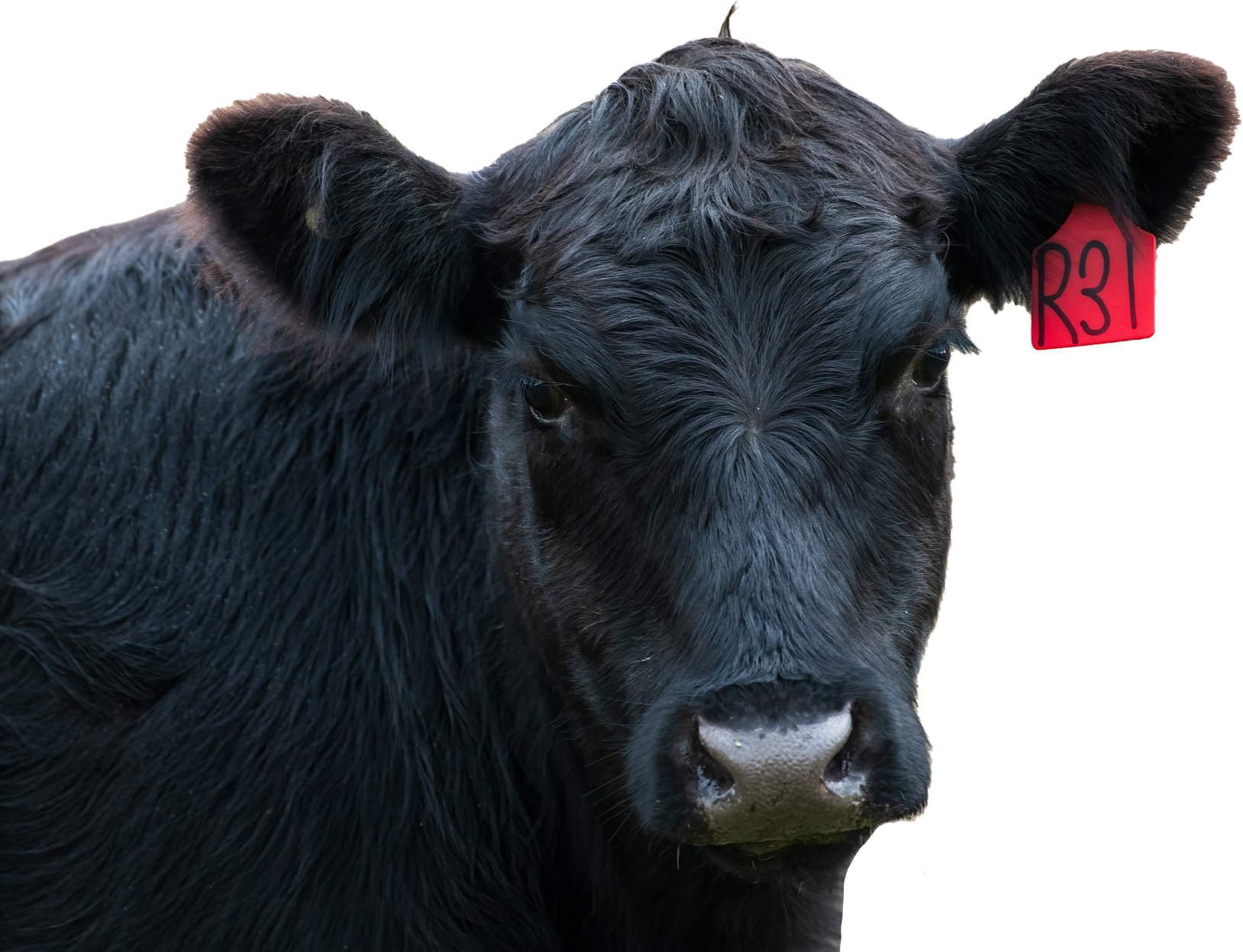
Swine
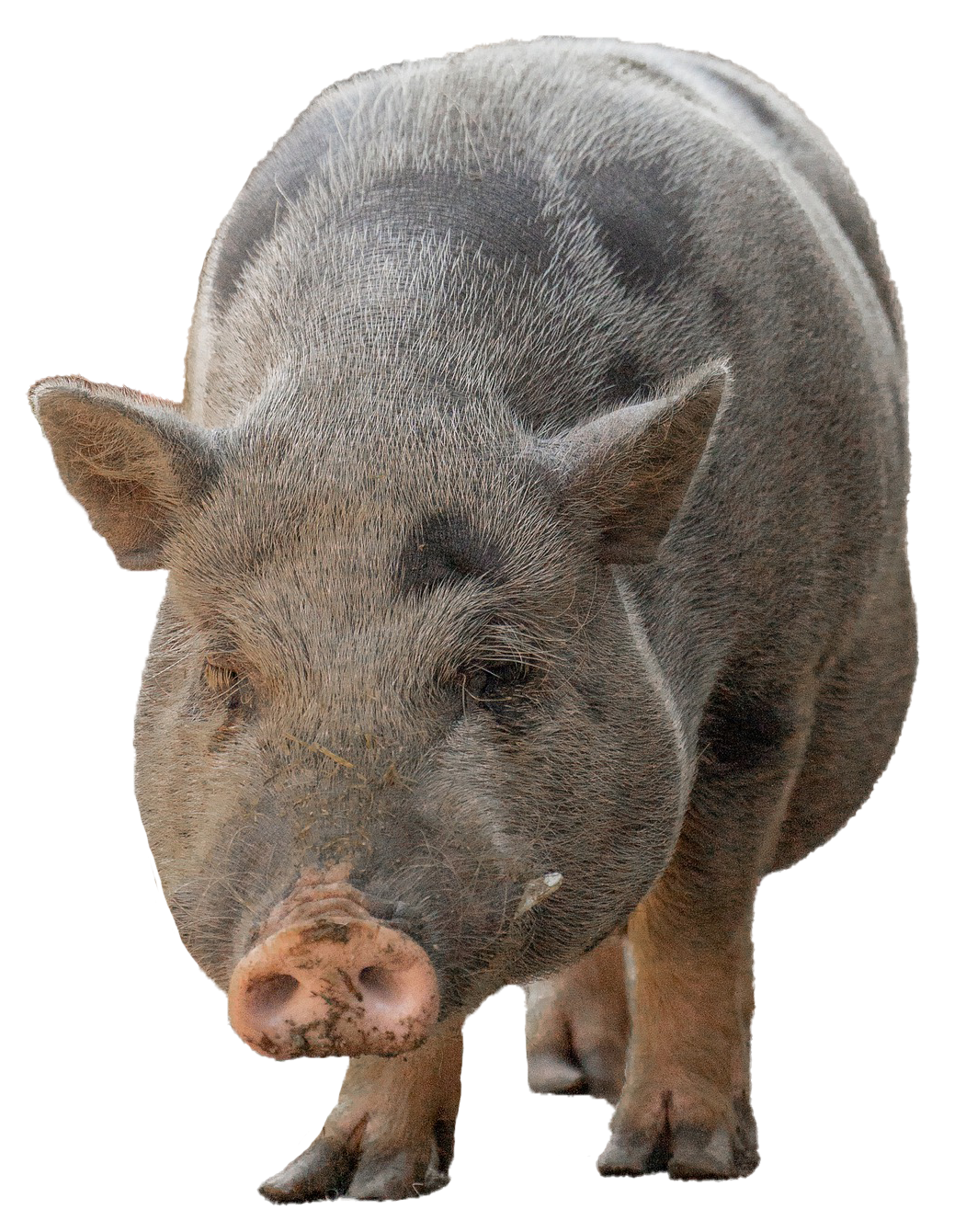
Coverage is available for both born and unborn hogs provided they are born before the end of the coverage period. Swine producers can select a coverage level between 70% to 100% of the expected value and can insure their hogs in 4 week increments from 13 to 52 weeks. A single SCE can insure up to 40,000 hogs at a time, with an annual maximum of 150,000 hogs split between multiple SCEs. Premium rates, coverage prices, and actual ending values are posted daily on the RMA website. LRP-Swine is a federally subsidized policy that offers the following subsidy levels based on coverage percent:
Coverage Level Subsidy Percent
70 – 80% 55%
80 – 85% 50%
85 – 90% 45%
90 – 95% 40%
95 – 100% 35%
Lamb
Lamb policies are not being offered by the USDA at this time. Check back for any changes in availability.
LRP-Lamb insures feeder and slaughter lambs that are already born and expected to weigh between 50 and 150 pounds by the end of the policy term. Lamb producers can select a coverage level between 80% to 95% of the expected value and can insure their lambs in either 13, 26, or 39 week increments. A single SCE can insure up to 2,000 head at a time, with an annual maximum of 28,000 head split between multiple SCEs. LRP-Lamb offers the following subsidy levels based on policy length:
Coverage Length Subsidy Percent
13 weeks 20%
26 weeks 35%
39 weeks 38%
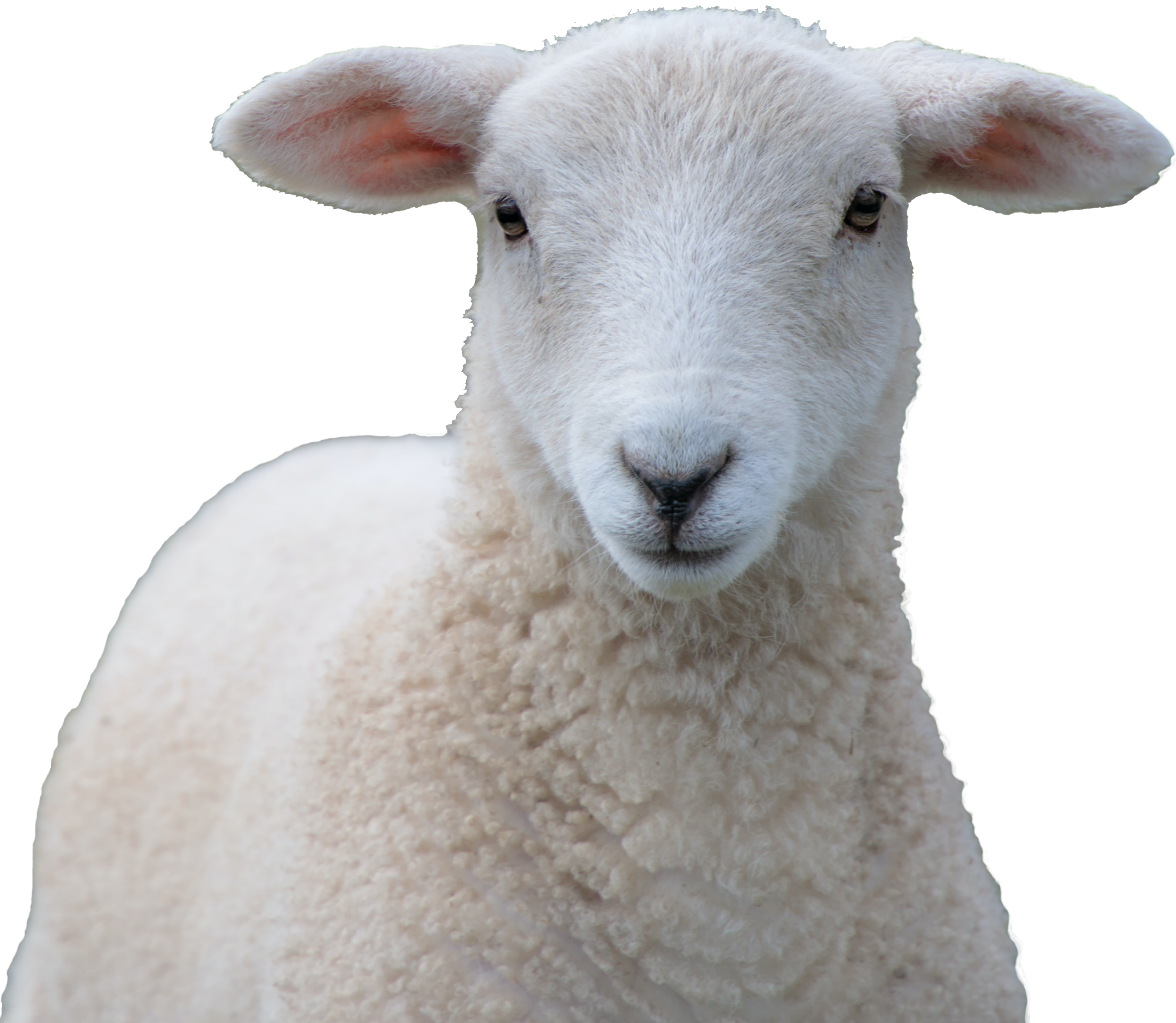
Lamb policies are available from Monday morning to 7 P.M. CST the same day. Sales can close earlier if the funding limit has been reached.
Reporting a Loss and Receiving Your Claim
Indemnities are paid at the end of the insurance period if the actual ending value is less than the coverage price selected. A claim must be submitted within 60 days of the policy’s ending date in order to receive an indemnity. Payments are then made within 60 days of a correctly filed claim. If the actual ending value is higher than the coverage price, then no indemnity will be paid.
Livestock sold more than 60 days before the end of the contract will not be eligible to receive an indemnity and will not get their premium payment back unless their share is properly transferred.
